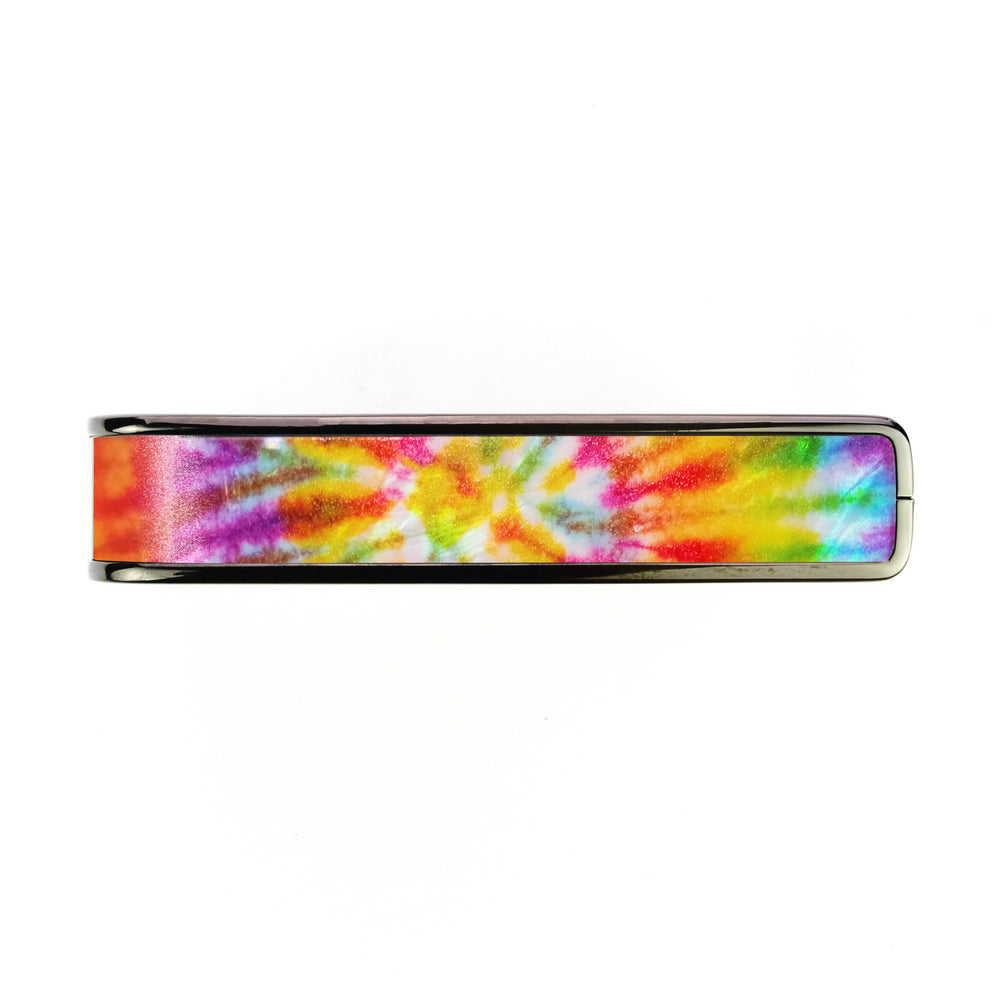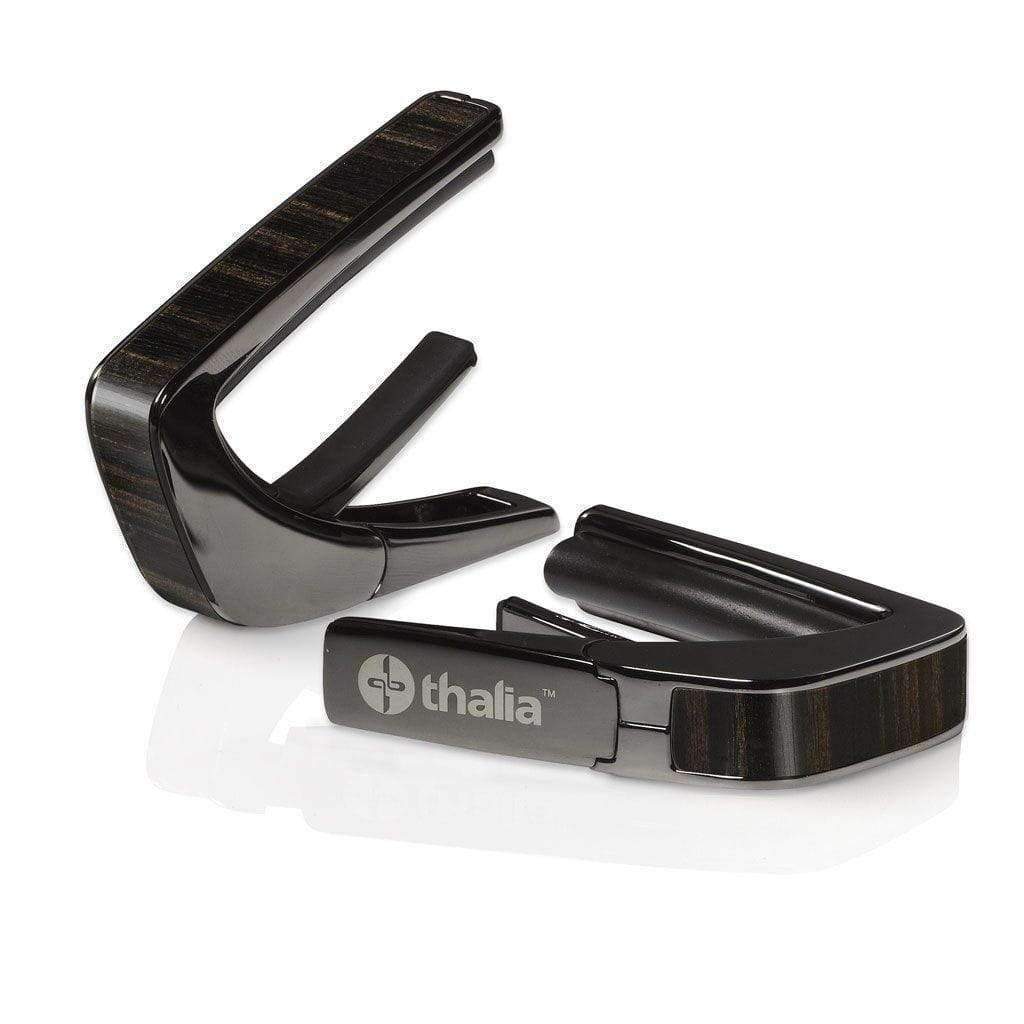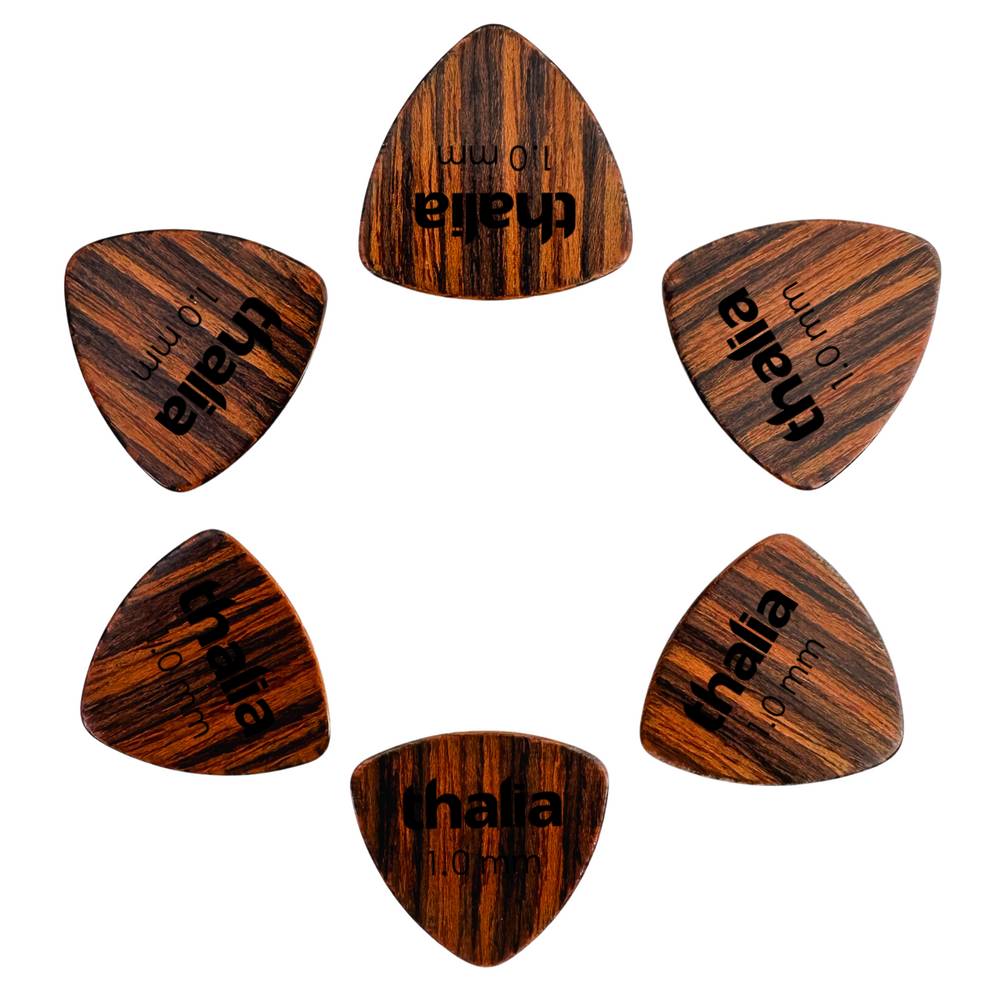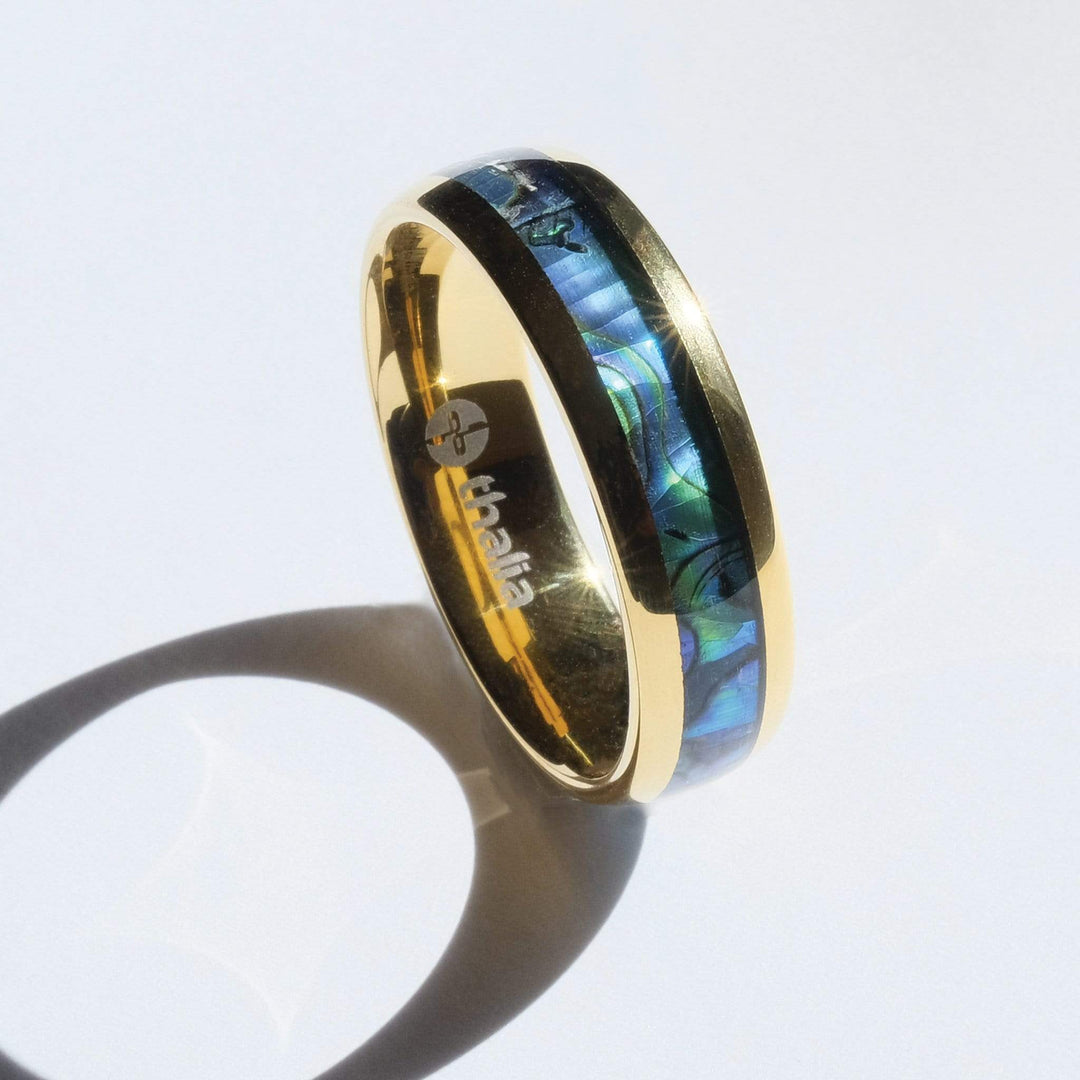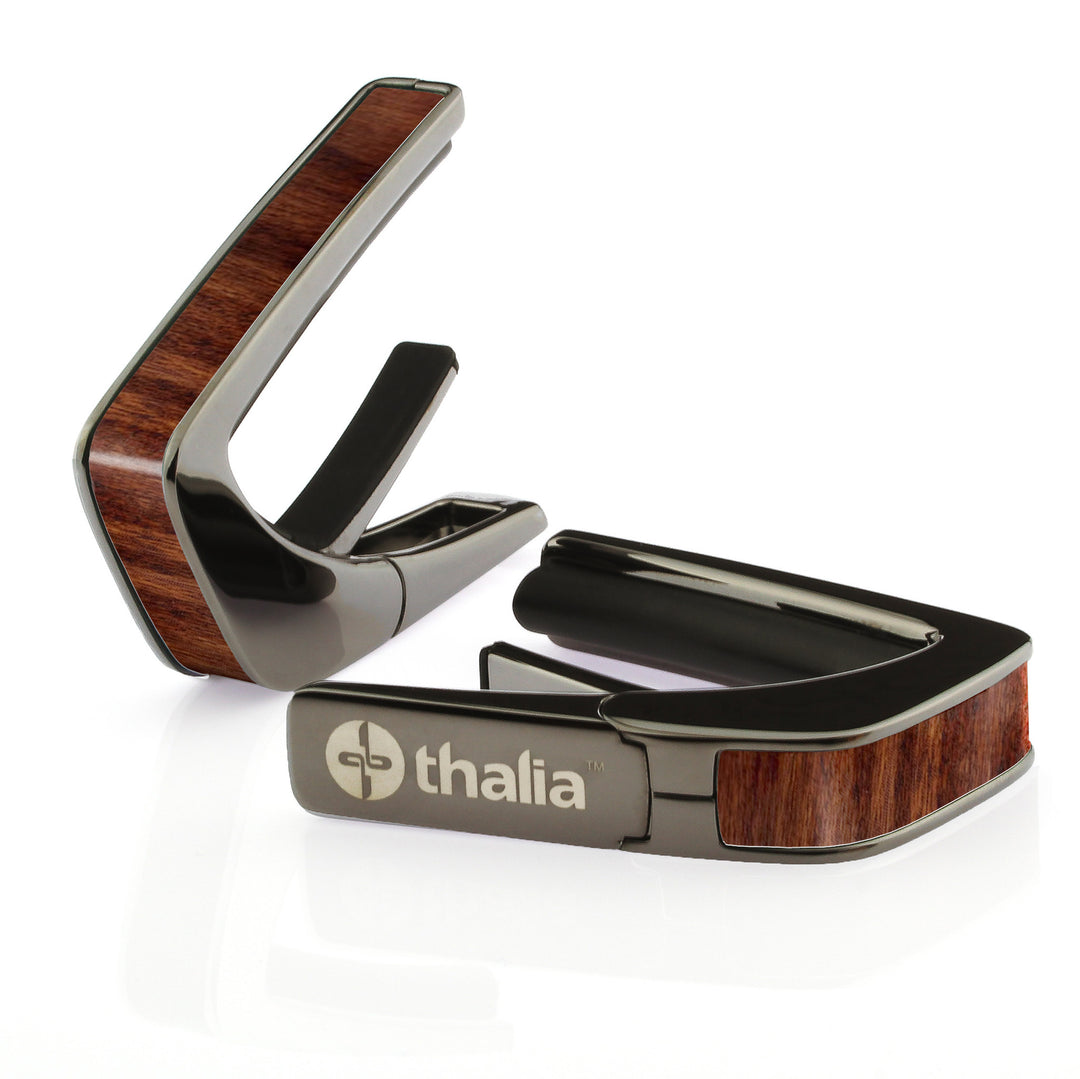The Greatest Led Zeppelin Live Albums… You’ve (Probably) Never Heard (Part Two)
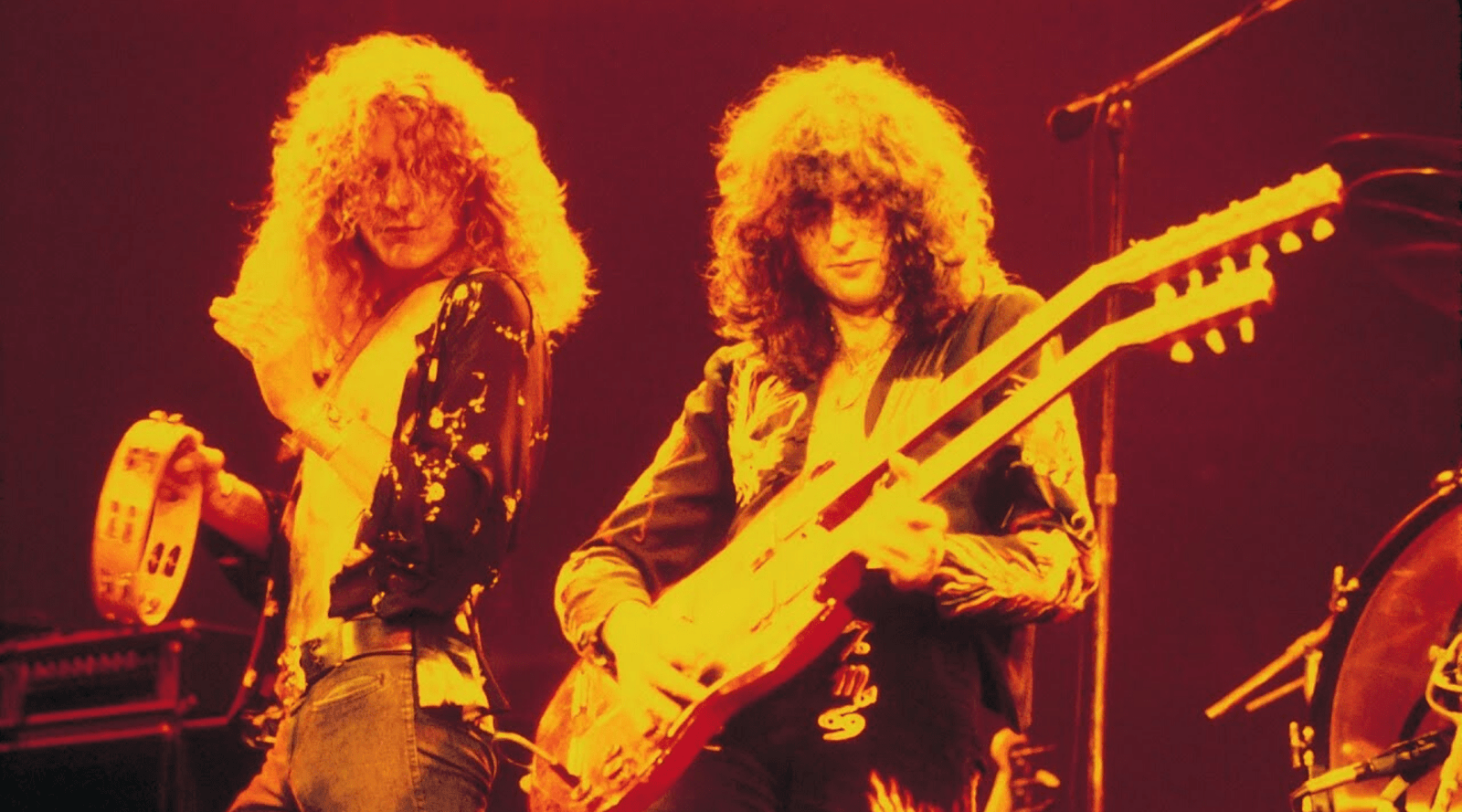
We’re back with Part Two of our Led Zeppelin bootleg rundown.
In the first article of this series, we covered the band’s early days, from the Fillmore West in 1969 to their first tour of Japan in ’71. In this edition, we’re picking up with Zep as they make the transition from burgeoning rock heroes to the arena level superstars.
And, appropriately enough, we’re kicking off with a show that one-or-two of you might be familiar with…
“Burn Like a Candle” (L.A. Forum, California, June 25th 1972)
Released on CD by the Smokin’ Pig Label in the mid-1990s, this quality audience recording features Zep in their old L.A. Forum stomping ground. Described as a “must for any collector" by Zeppelin bootleg authority Luis Rey in ’97, this one shot around the bootleg community like wildfire.
The name itself comes from a Robert Plant onstage comment (or “Plantation,” as the boot collectors call them). During the concert, Robert mentioned that the band’s then-untitled fifth album “Houses of the Holy” was: "...not gonna be called Led Zeppelin Five, it's got every possibility of being called Burn That Candle"
Eagle-eyed Zep heads will likely remember the date of this boot. Led Zeppelin’s official live album, “How the West Was Won,” features cuts from this show, as well as the Long Beach Arena Show from June 27th.
So why, if there’s an official release out there, should you shoot for the boot? There’s so much more of the show on this one, that’s why! With a complete acoustic set, unheard versions of “Thank You” and “Communication Breakdown”, and an epic “WLL” medley including excursions into “Heartbreak Hotel” and “Slow Down,” the bootleg gives you the full picture of this exceptional gig.
“The Great Lost Live Album” (Southampton University, England, January 22nd 1973)
From a live album alternative to the live album that could have been…
Recorded at Southampton University, England during the band’s university tour of 1973, this is one of the best sounding Led Zeppelin bootlegs in existence.
The reason, as Classic Rock Review states, is that it’s sourced from multi-track tapes part-mixed by producer Kevin Shirley:
“…Jimmy Page thought it might be a good idea to play in a smaller venue and record it for a live album. For reasons that are unknown, the album was never released and sat in the archives for thirty years. When Page and producer Kevin Shirley were working on the DVD and “How The West Was Won” projects in 2002, this tape was considered for possible use. Although it wasn’t used on that project, through some means the working multi-track tapes...”
It’s not the greatest Led Zeppelin performance ever: definitely on the loose side of Tight but Loose. But, hearing the band clearly enjoying themselves in this more relaxed environment is a real thrill, especially when the sound quality is this good.
Earl’s Court, London, May 24th 1975
Zeppelin’s mammoth, five-show run at Earl’s Court, London in 1975 was an unprecedented event. And, it produced some spectacular performances as a result. As journalist Chris Welch wrote of these gigs:
“The band played with tremendous fire, possessed by an almost demonic power, amidst clouds of smoke pierced by green laser beams. Jimmy Page flailed his violin bow against the guitar strings, producing eerie, echoing gothic howls. At the time, I wrote in a review that ‘Robert Plant maintains an essentially human, chatty approachto audiences, almost like a guide taking us through the story of the band, a jester at the wheel of some fearsome juggernaut, offering sly asides and poetic ruminations between moments of terrible power.’ The band enjoyed the “Physical Graffiti” material far more than the old war horses, and the best moments from the previous albums came in the shape of ballads and acoustic songs.”
There’s some debate as to which of the EC gigs is the best. Aficionados typically waiver between the May 24th and 25th shows. For my money, the 24th clinches it thanks to a tender “Tangerine,” a brooding, epic “No Quarter” and what is possibly the greatest version of “Trampled Underfoot” ever committed to tape.
Yes, there are other contenders for the greatest show of ’75 – I’m looking at you Seattle, March 21st - but ultimately, the Earl’s Court shows have history on their side.
That’s it for part two. But, we’re not done with Zeppelin bootlegs yet. In part three, we’ll round out the years ’77-’80 with three more essential live recordings.
Which of these bootlegs is your favourite? And, do you remember buying your first Led Zeppelin album? Share your stories in the comments.


 to audiences, almost like a guide taking us through the story of the band, a jester at the wheel of some fearsome juggernaut, offering sly asides and poetic ruminations between moments of terrible power.’ The band enjoyed the “Physical Graffiti” material far more than the old war horses, and the best moments from the previous albums came in the shape of ballads and acoustic songs.”
to audiences, almost like a guide taking us through the story of the band, a jester at the wheel of some fearsome juggernaut, offering sly asides and poetic ruminations between moments of terrible power.’ The band enjoyed the “Physical Graffiti” material far more than the old war horses, and the best moments from the previous albums came in the shape of ballads and acoustic songs.”




